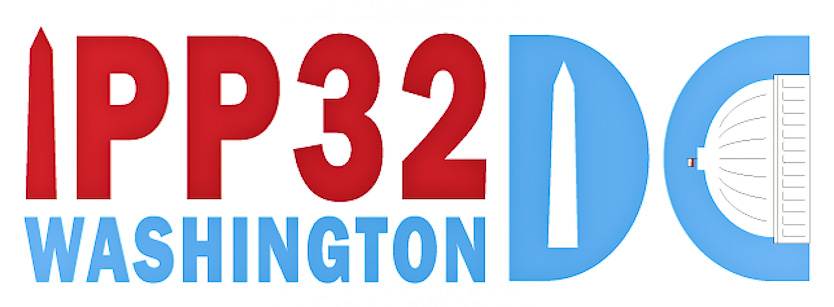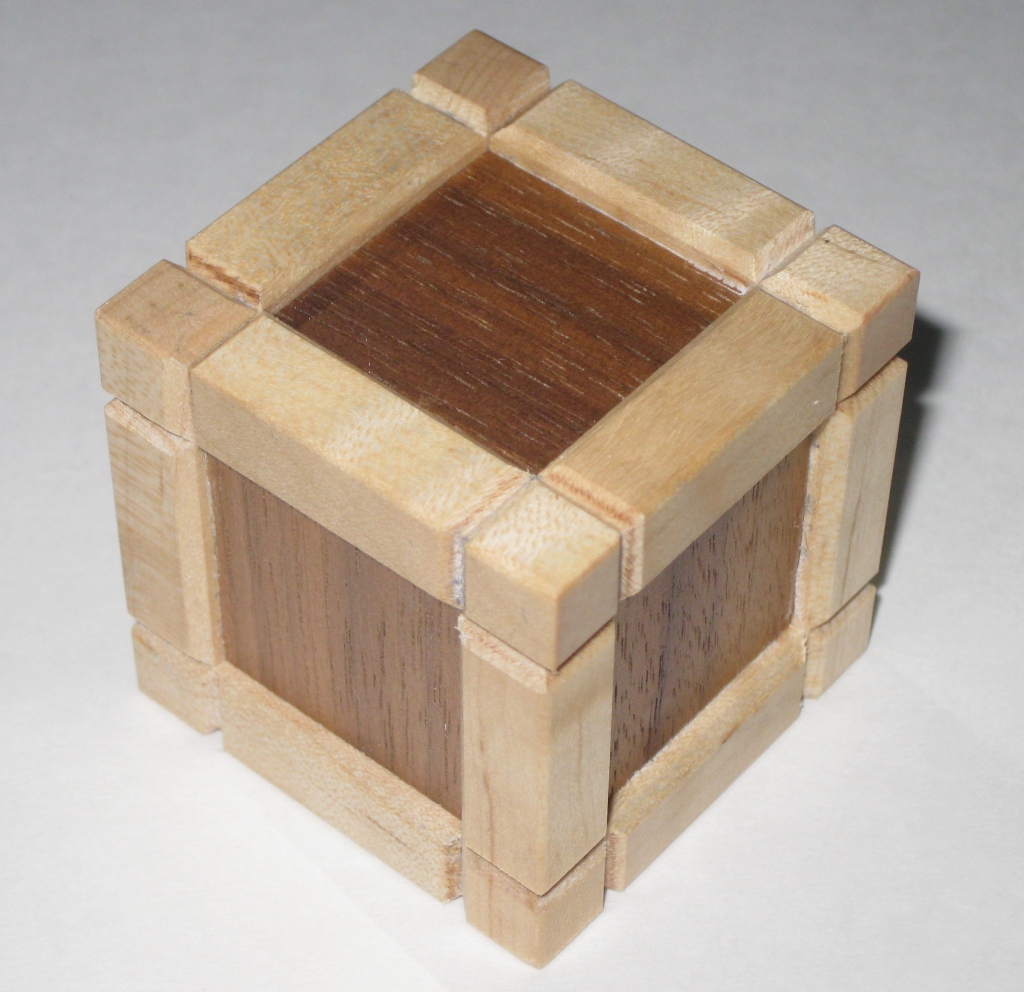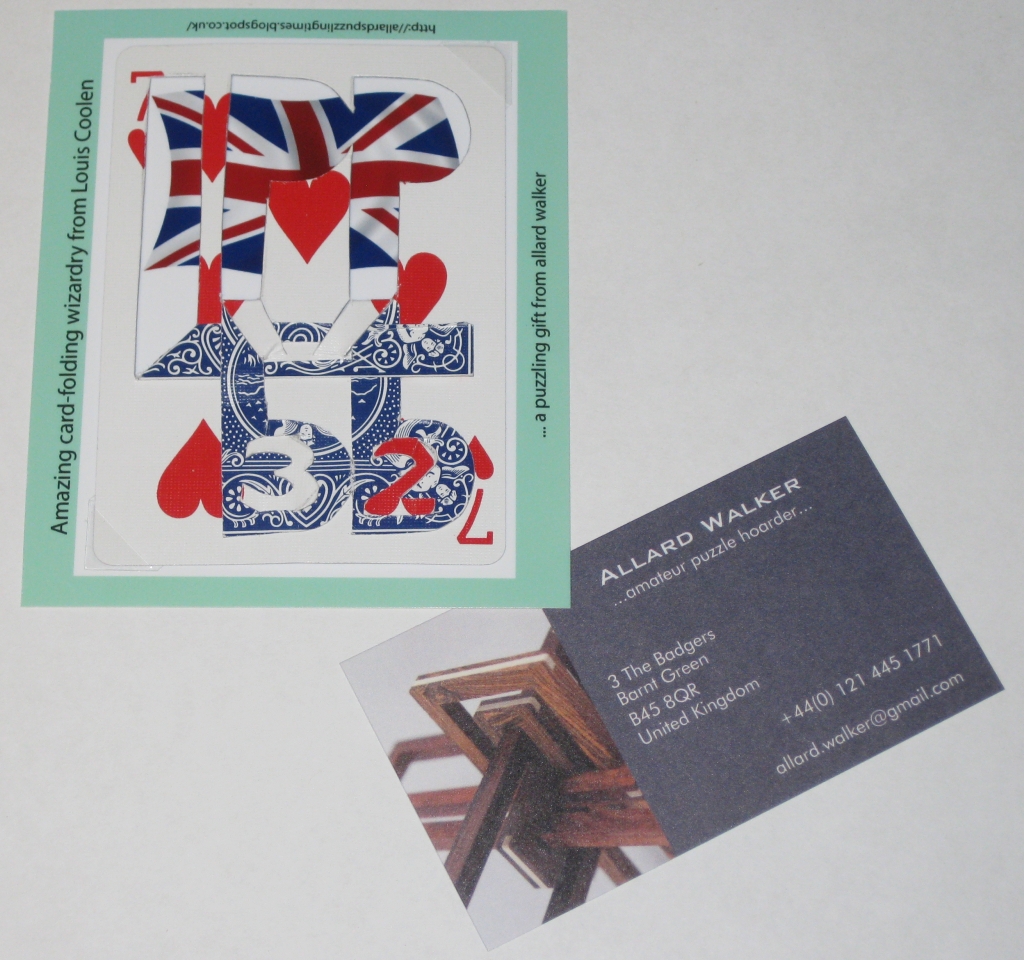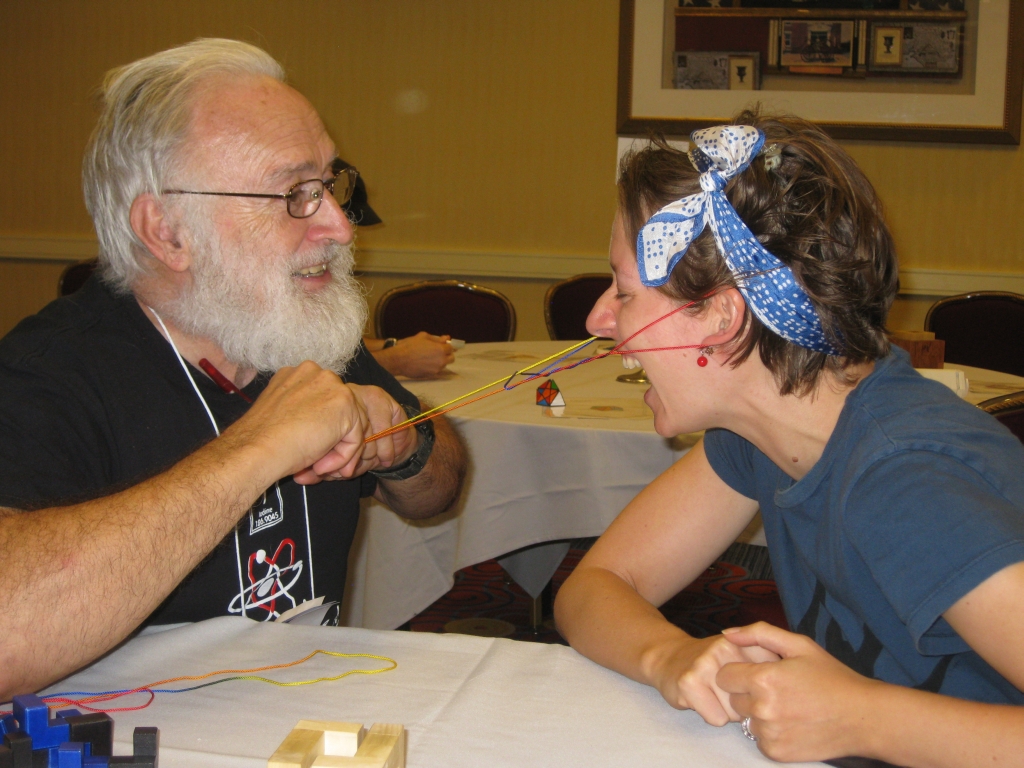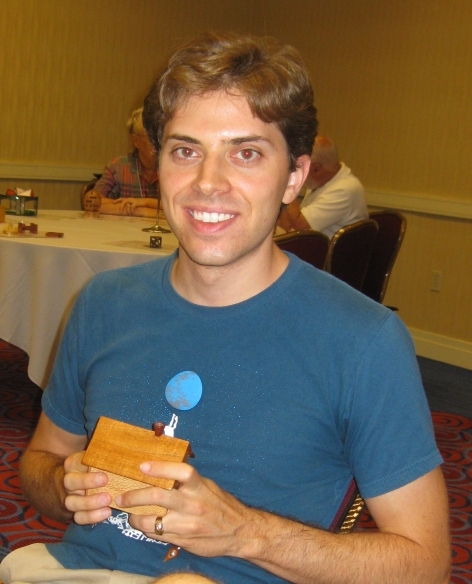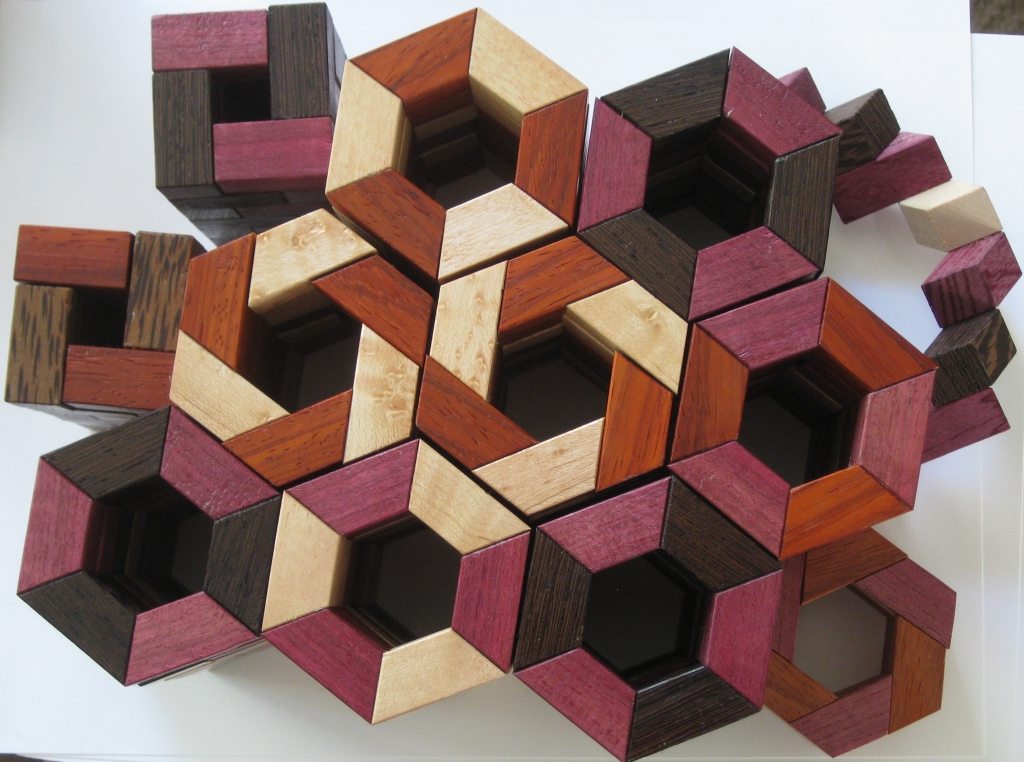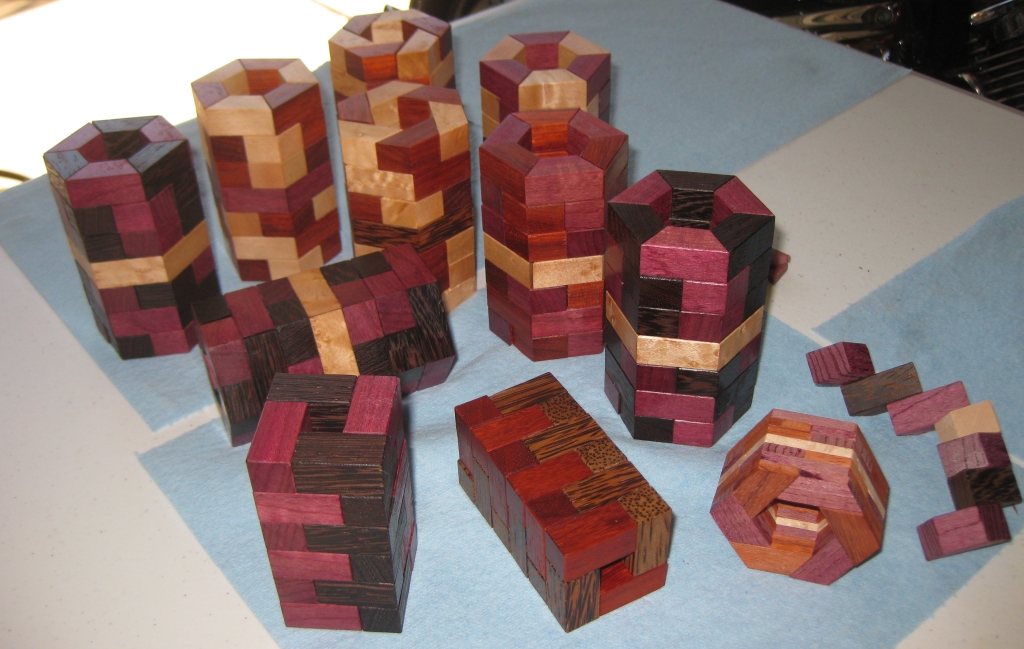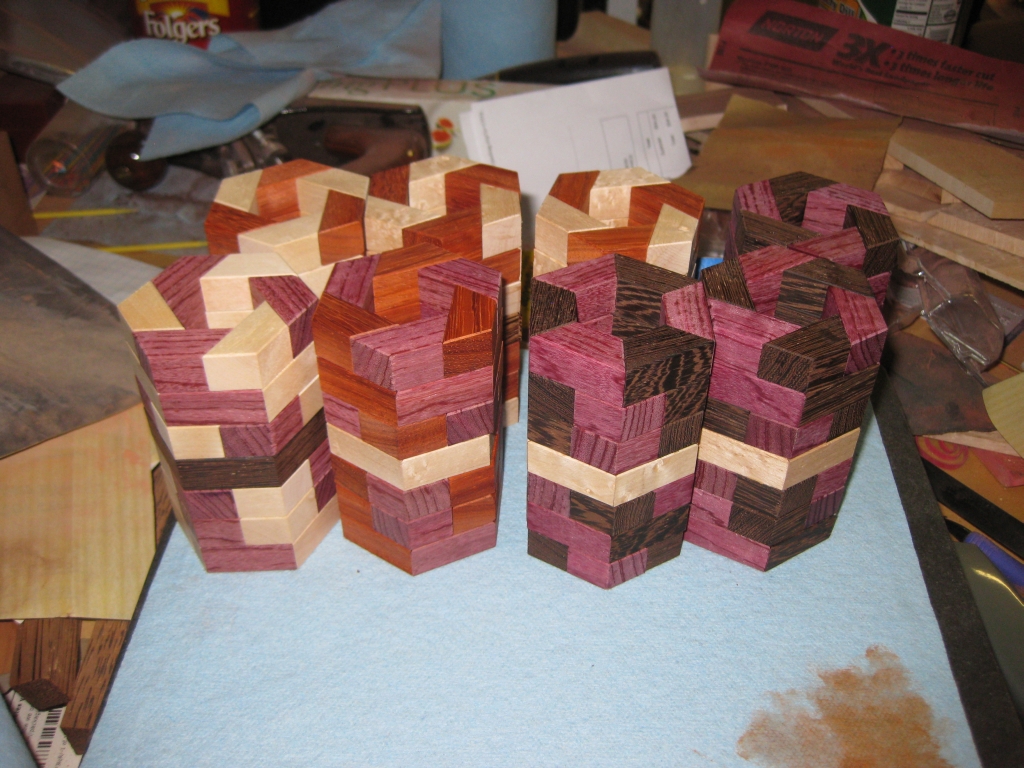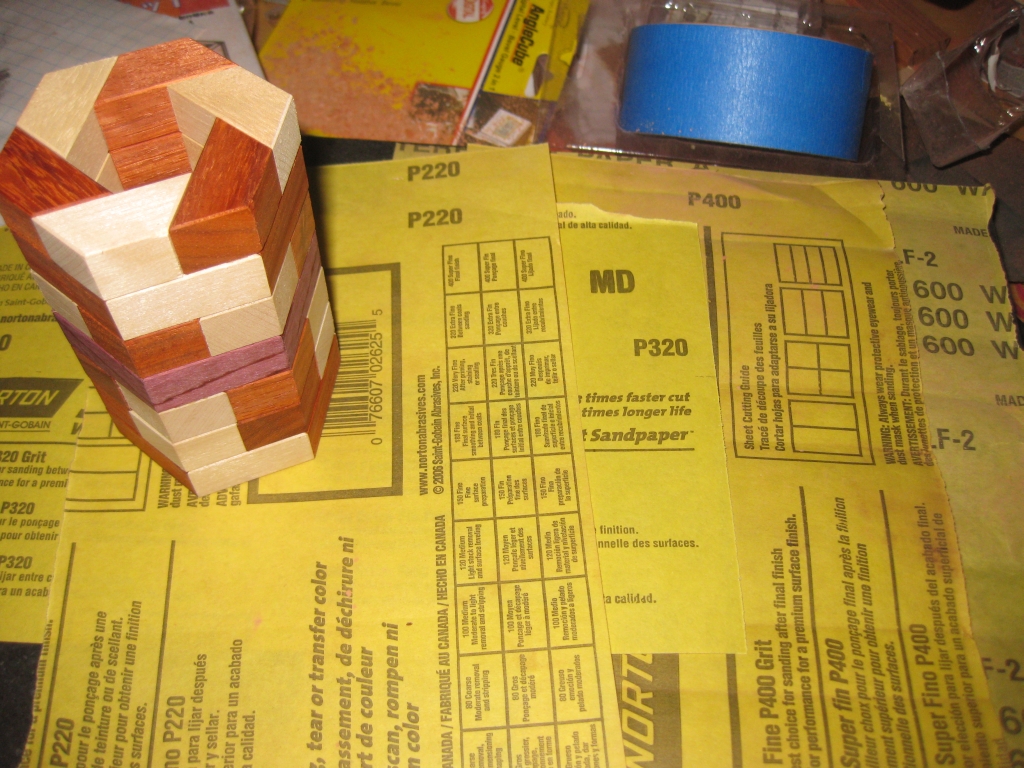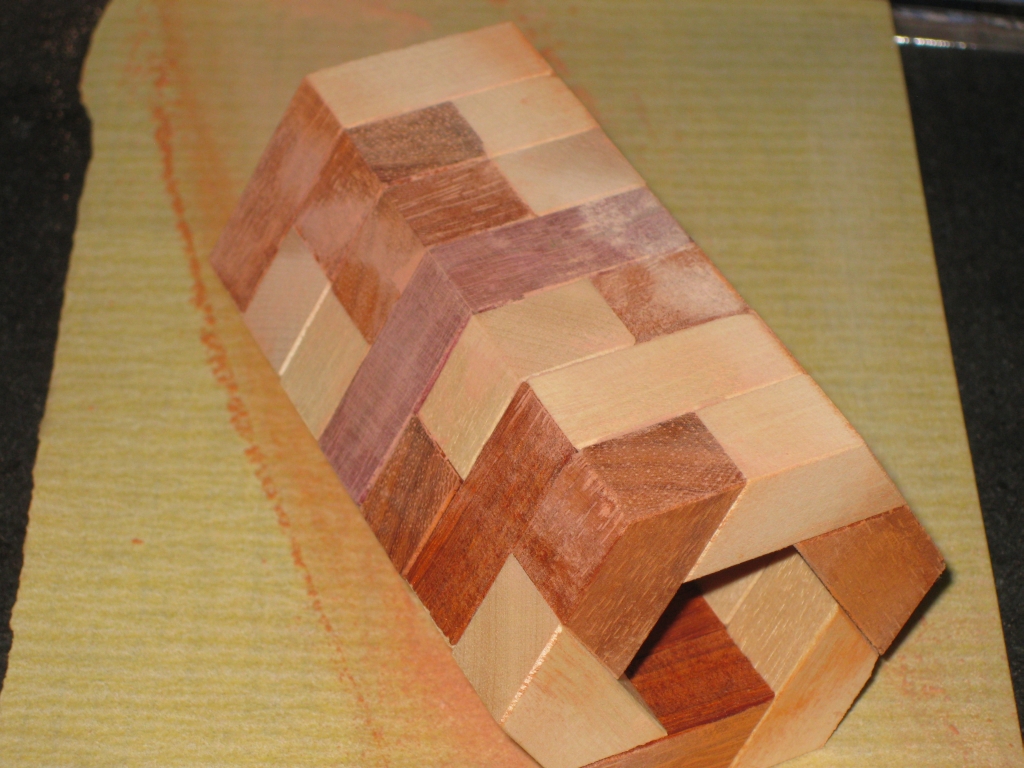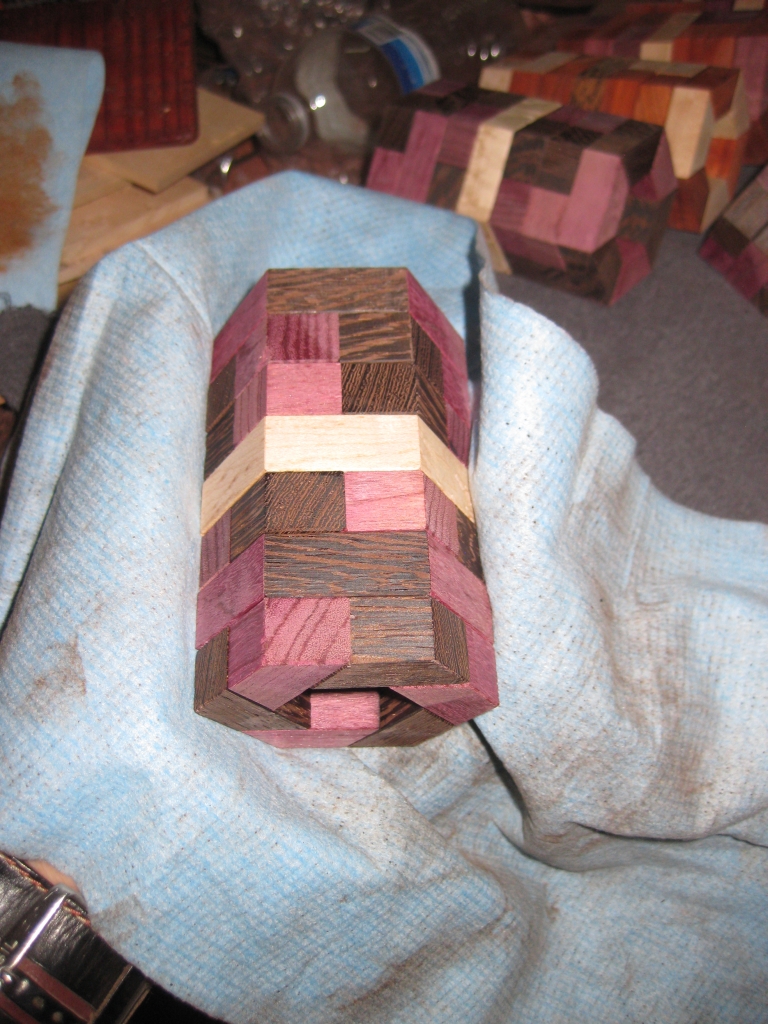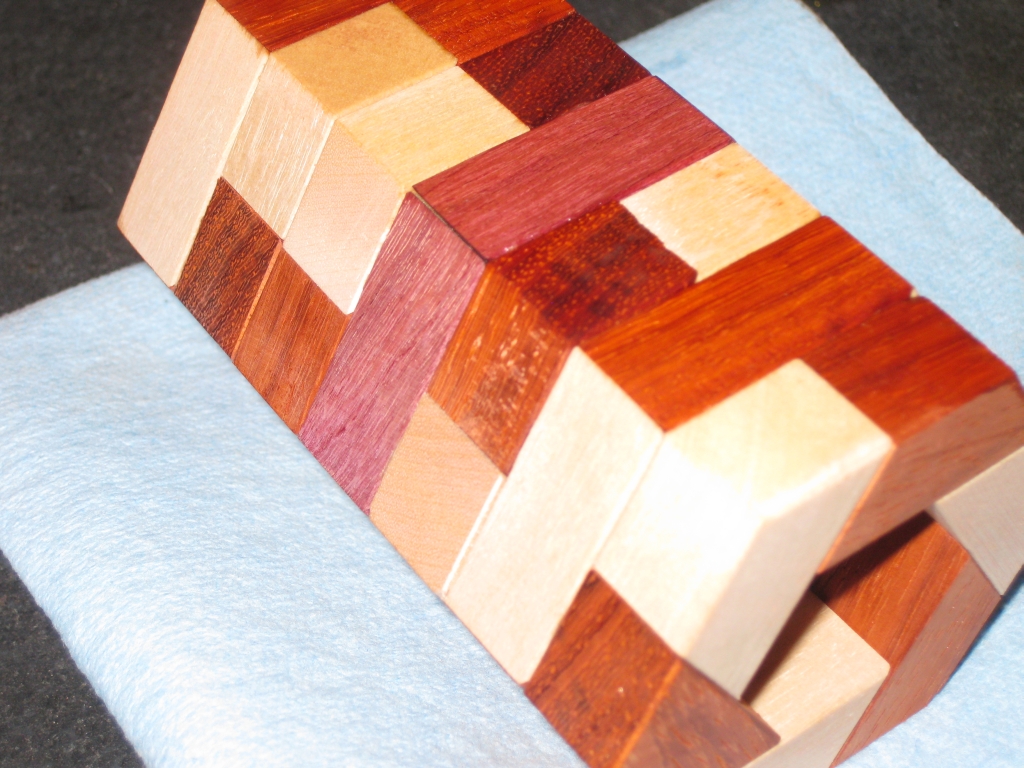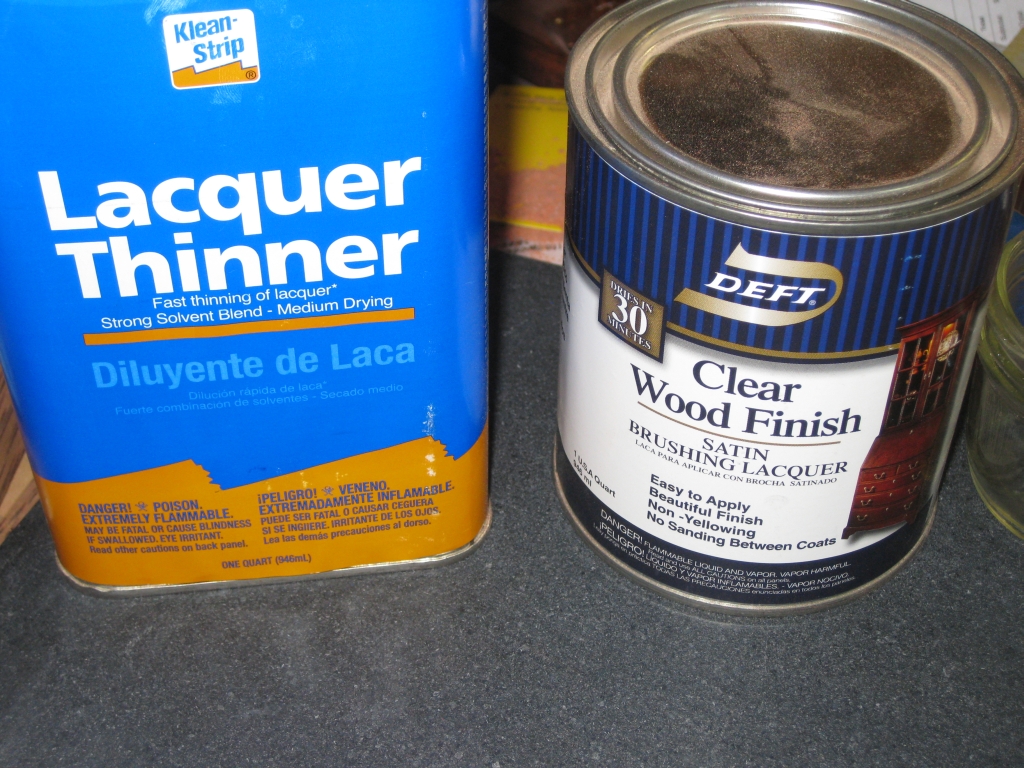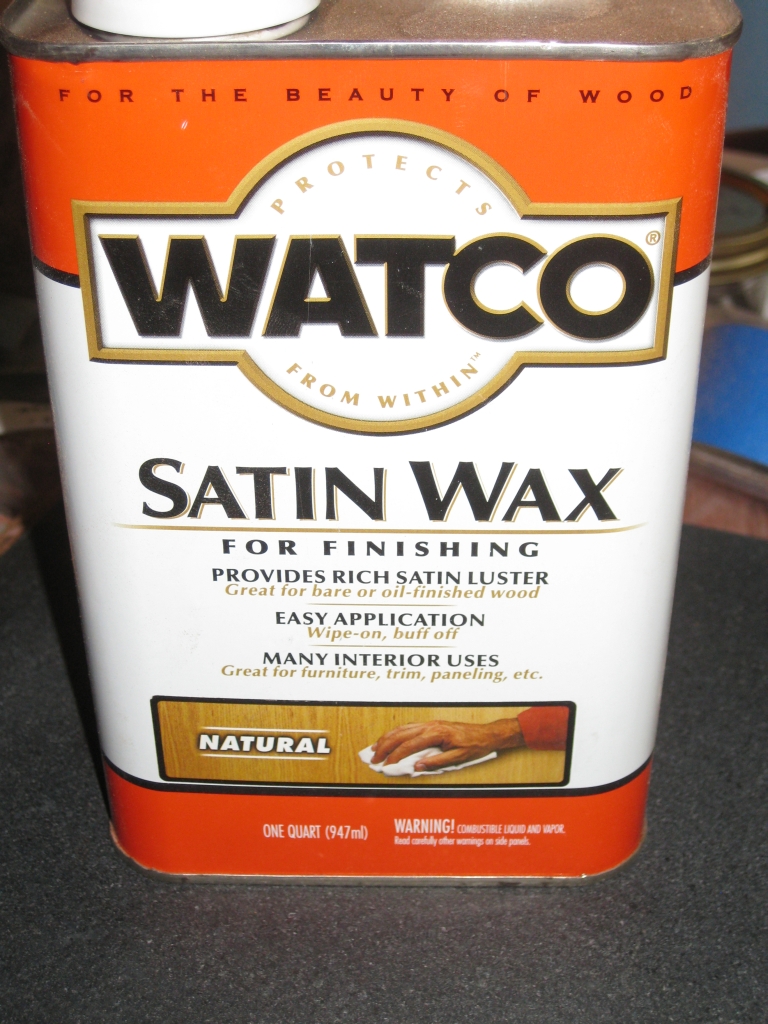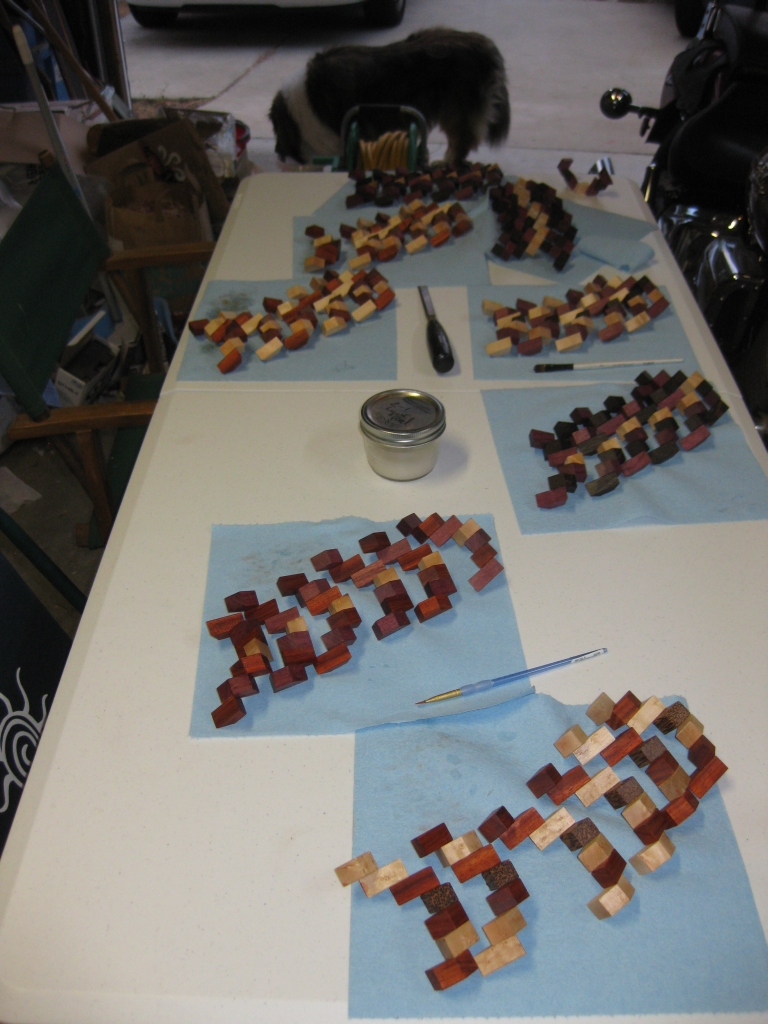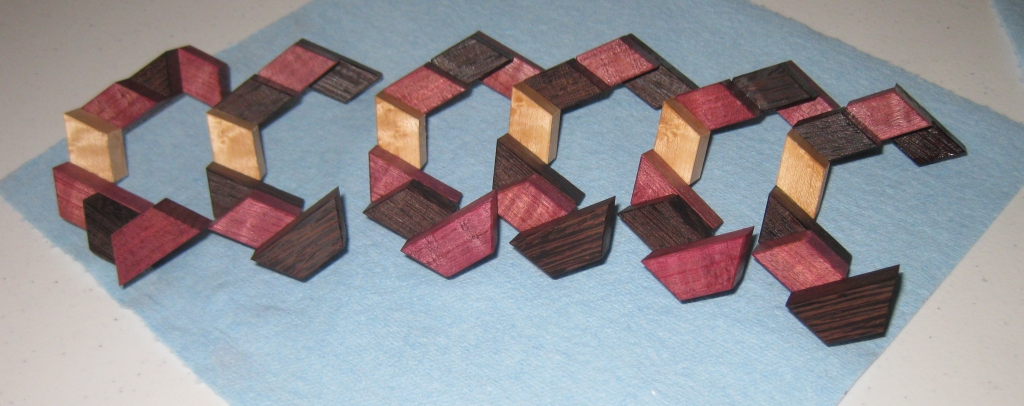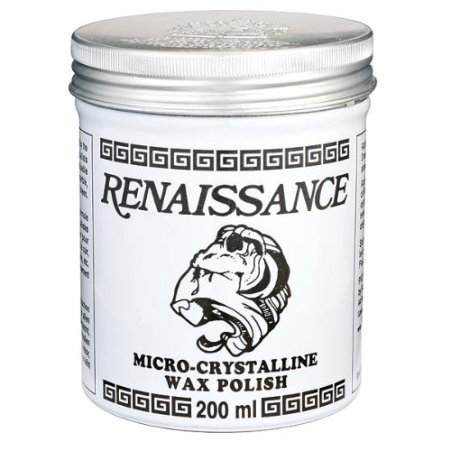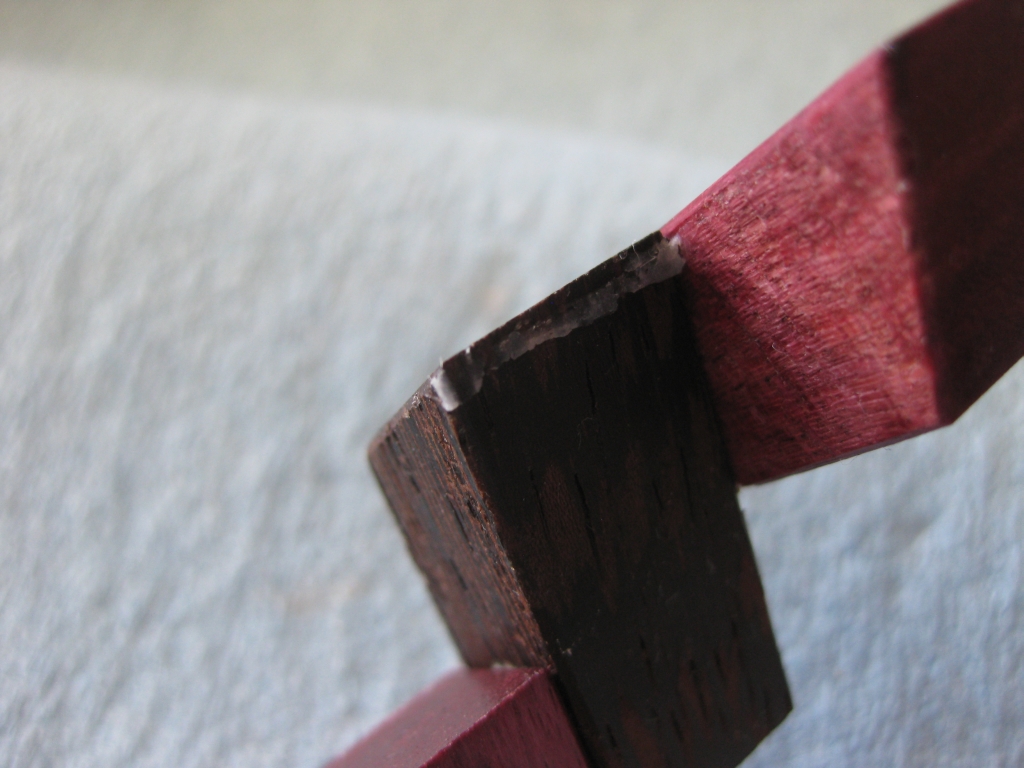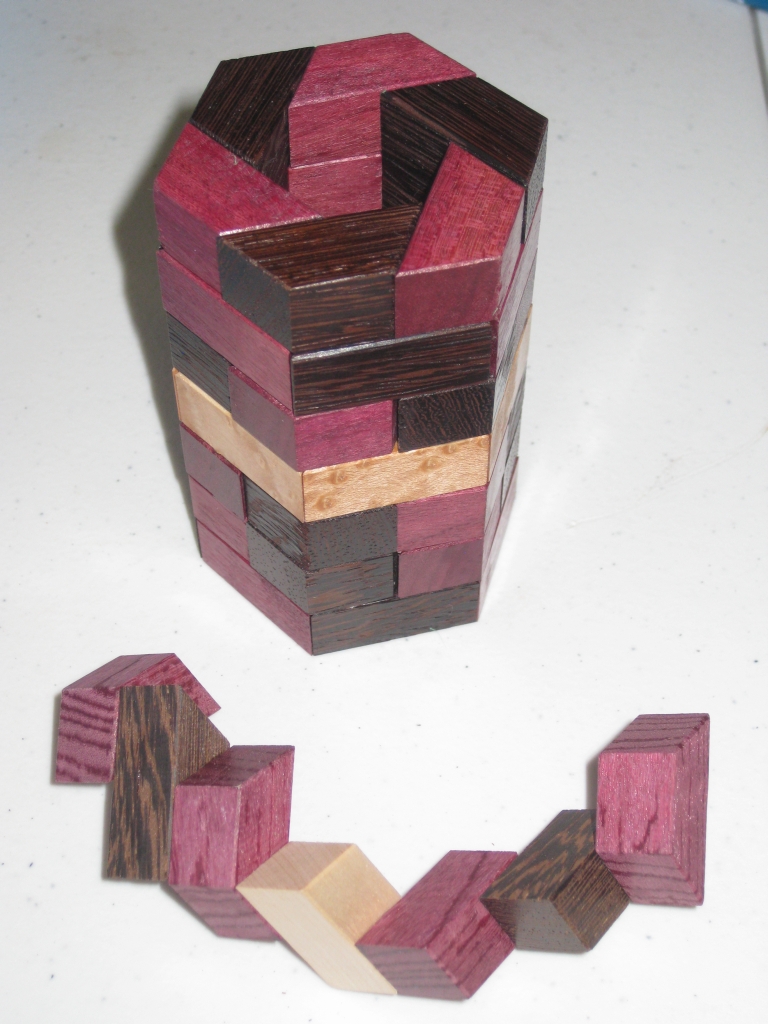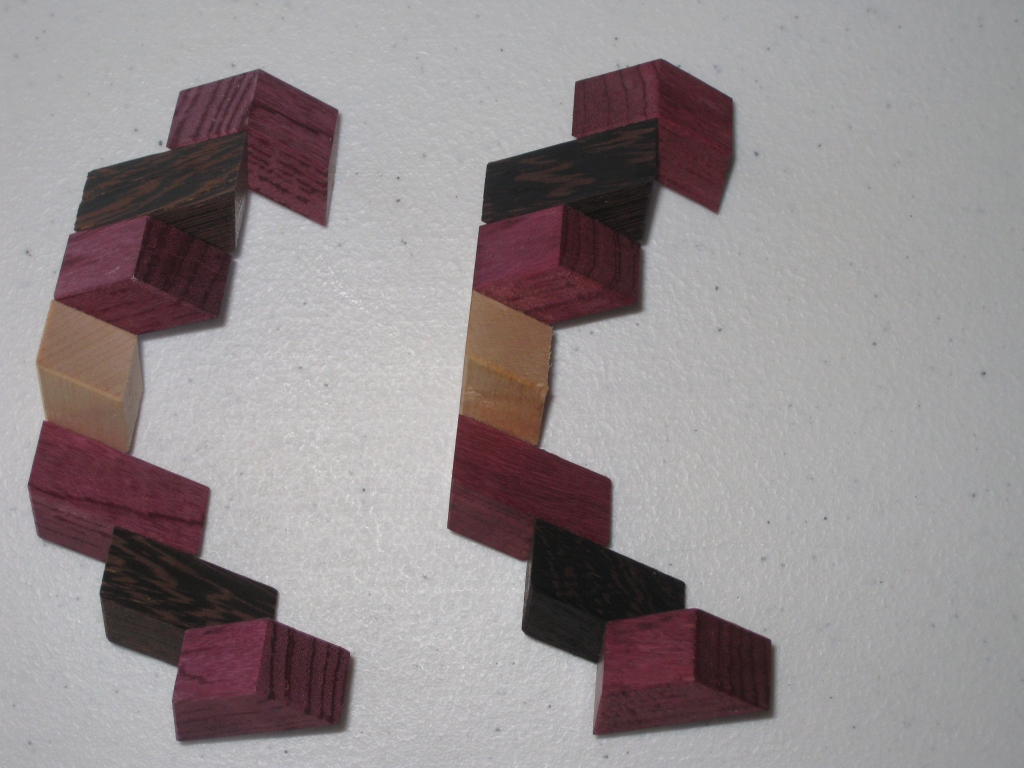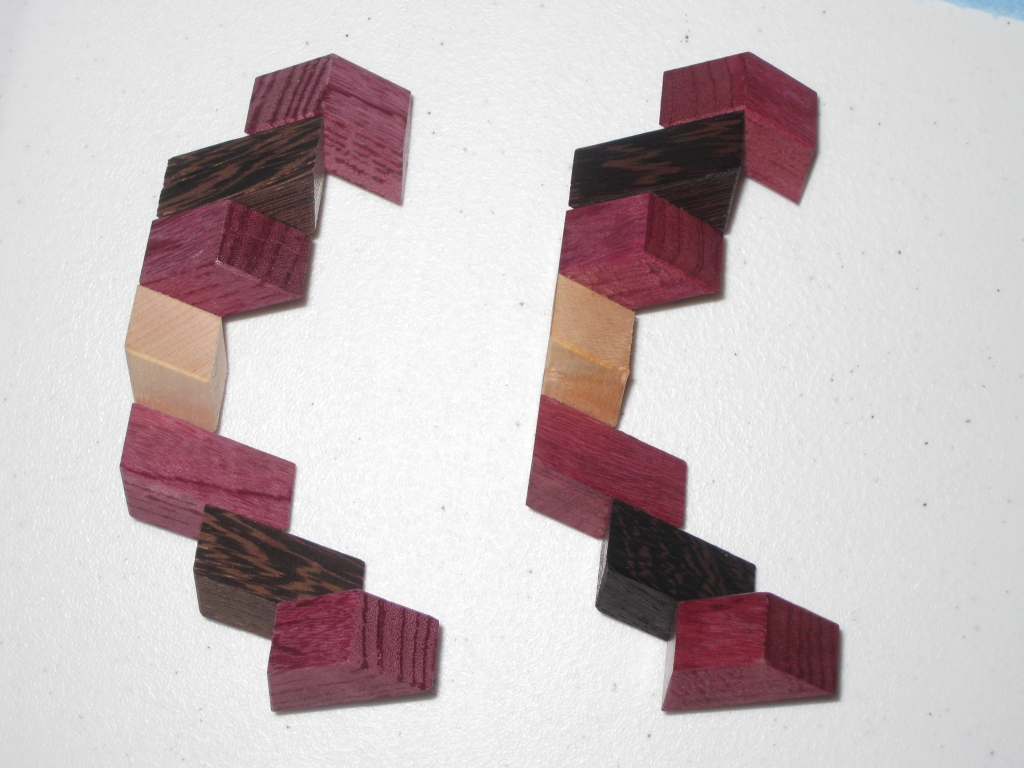Over the weekend of the 9th to 12th August IPP 32 was held in Washington DC. I was lucky enough to be invited and as my first year attending IPP I’ve found it very difficult to write about it all. I have sat down several times over the last week to try to write about my experiences and have thrown away everything I wrote as rubbish. Hopefully this will be good enough, although I seriously doubt it!
To sum up the experience is really challenging. There were so many great people there, and so much happening, that I’m not sure I remember everything, nor could I describe half of it even if I could. It’s a completely overwhelming experience, and something I will not forget. It’s going to take a good few posts to cover all the events, so keep reading over the next few days and I’ll try my best to share my experiences. ( I’ll also note up front that I’ve avoided reading the posts from my fellow bloggers over the last week, just in case I repeat anything they’ve said!)
For anyone who doesn’t know, IPP is the International Puzzle Party. An annual invitation only event which has been taking place for 32 years now, and was originally started by Jerry Slocum, where a small number of Puzzle enthusiasts were invited to his home to share their puzzles, trade and generally talk about puzzles and the like. Today, over 400 puzzle collectors attend the party and it alternates between locations in the USA, Asia and Europe. The party includes a puzzle design competition, a puzzle exchange and a sale of puzzles. I was fortunate to be able to take part in all of the above, so I’ll talk about each and share some thoughts with you.
I arrived in DC with Jen on Tuesday fairly late on, around 10pm by the time we finally made it to the hotel. There were a few puzzle people hanging around the lobby playing with string but I didn’t talk to anyone as we had luggage to get to the room, and we were both pretty hungry, so we headed out for some food. By the time we got back the place was deserted. Given that we were still on California time, and thinking it was still 7.30pm and not 11.30pm I was a little surprised that everyone had gone to bed so early!
Getting up reasonably early the next morning so Jen and I could do some sight seeing before the IPP really got under way, we headed down for breakfast, and on coming out of the elevator, I was greeted by Jim Strayer who I didn’t recognise, but he recognised me from my blog and videos. He promptly introduced himself and his wife, and welcomed me to the IPP. I think that really set the tone for my weekend, where people were going to know me, and I was going to recognise the names, but not the faces! In fact it got better. I’m the only Scottish IPP’er. I’d be standing talking to someone and without anyone seeing my face, they’d know who I was. Sadly, Scotland didn’t get a pin on the IPP map as I’m based in California now, so I’m considered a US attendee!
With the IPP registration not opening until later in the afternoon, Jen and I went off to do some sightseeing around DC. Walking through the lobby of the hotel to head to the tube, I spot a figure walking towards me, and am promptly given a great big hug (and a few strange looks from Jen!). Rox was in the lobby with her daughter and on spotting me had to say hello.
I’ve never really been to the east coast US, as all my business trips have been over in California, so I was looking forward to seeing some of DC. I’ll not bore you with all the tourist pics, but I think the one above should be ok. I have no idea how far I walked that day, but I’ll say this much… my feet were sore, and I was ready for a shower and a seat when I get back to the hotel. The weather in DC is hot and humid. The heat I’m used to from California, but the humidity is a killer! That said I had a great day with Jen and was ready to meet some puzzling people when I got back.
Once we were freshened up, we took the trip down to the registration room and after being stopped by one or two new faces who recognised me, where we were given badges, and had our photos taken. Each year there is a souvenir book produced which includes a photo of every attendee. With that sorted out, I wandered into the lobby where Jim Strayer once again said hello and introduced me to a few other puzzle names I knew, including a few I’ve worked with quite closely over the last few months including Rob Stegman (I’ll get back to that though!).
I met Peter Wiltshire, Brett Kuehner, and I’m sure one or two others who happened to be standing around chatting, and making dinner plans. Peter who knew this was my first IPP, without even looking at my badge given discussions on the Renegades forums said he had something for me, that had a little story to go with it. It turns out that when Peter attended his first IPP, Ginda Fisher had given him a copy of a little puzzle he’d made as a gift for people at IPP. I’ll not give away more that that other than to say that Peter told me that the info about the puzzle, the designer, and the name of the puzzle were all inside, and would probably help me open it.
Something of a welcome to IPP and a way to make the new guy feel welcome. So Peter tells me that he wants to give me a copy of his puzzle gift since it’s my first IPP, and hopes that at some point in the future I’ll be able to do the same. I’m quite flattered by the offer and think it’s a great idea. Peter’s puzzle is superb, as I find out later when he hands me the copy, and I hope that I’ll be able to give someone else a puzzle of my own in the future!
With enough of a crowd gathered, we depart to the local mall for some food, and end up taking two tables to fit all of us in. I end up sitting at a table with Dor Tietz, Yael Meron and two other veteran IPPer’s that I can’t even remember now (it was nearly 2 weeks ago). We had a great chat over dinner about many things, not just puzzle related, and both Jen and I are made to feel very welcome. With appetites quenched, we returned to the hotel lobby and ended up standing around chatting with a few new faces who’d shown up.
As I stood there chatting a familiar name came up and introduced himself, having recognised my voice (I did say it was going to be a bit of a theme for me). Allard Walker tapped me on the shoulder and said hi. Little introduction was needed as I recognised him instantly, and we both introduced our respective other halves, who hit it off instantly. It seems that Gillian, Jen and Leslie (Peter’s wife) all share similar interests, and started making their own plans, which meant I didn’t feel as guilty spending so much time puzzling or talking about puzzles.
Allard hands me a small gift. One of Louis Coolen’s impossible cards which you can read all about over here and I seriously suggest that you do. The card is superb. I’d seen some of Louis’ early attempts at card folding, and I knew he was getting pretty good at this, but really nothing does the card justice. It’s a work of art, and a truly beautiful item. I’m very happy to have added this to my collection, so thanks Allard and Louis!
Shortly thereafter Wil Strijbos appears and Allard who knows Wil quite well asks me “You know who this is don’t you?” I have to reply that I don’t (since Wil isn’t wearing a name badge, and doesn’t throughout the whole weekend). We’re quickly introduced, and Wil hands Allard some metal rods asking for help. Apparently, customs took apart his peppermint twist puzzle, and Wil’s not had time to put it back together. However knowing that Allard has a copy and has solved it, he just asks Allard to put it back together. Allard takes the pieces and sits down next to where we’re standing and starts trying to put the pieces together. As I watch I ask if there’s a trick to which I’m told yes and Allard shows us how to best go about putting it together. After a couple of minutes, Allard looks up and asks Wil if he’s having him on. It seems that Wil is a bit of a joker, and Allard knows this! (As it happens, Wil is joking as he’s already shown Peter and myself that fifth piece which is needed to put the puzzle together. Allard suspects something is up, but all Wil has in his hands is a small black kitten with glowing blue eyes which makes noise. Wil finally gives in after Allard concedes that the four pieces he has don’t go together, and gives him the fifth piece. With the puzzle back together, Wil tries to give Allard the puzzle as a gift, but Allard isn’t going to take it. I should probably have offered Wil some money for it, but really I wasn’t thinking!
Finding a table in the hotel lobby Peter, Allard myself and our other halves sat and had a drink while the boys talked puzzles, and the girls talked about something else entirely less boring to them! Allard pulls out a copy of Louis’ Amazing Box #3, which was great fun to play with, and I really look forward to seeing what else he produces, as he’ll be making some great puzzles before long I assure you! I take a trip up to my room to get Allard his copy of the Hex Stair puzzle he’d ordered which is passed around the table (Rob Stegman and Jim Strayer have joined us by this point) and all have a shot of the Amazing box, and the Hex Stair which they seemed to enjoy. He also puzzled out a copy of Wil’s Washer Cylinder which he handed to Peter and we taunted him as he explored that for a while.
As we’re sitting Nick Baxter spots me and tells me that the competition room has been opened if I’m interested in looking at the design entries. Rather excitedly, I go back to the table and let the guys know, and we promptly decant to the puzzle room, since it’s not officially opened till the Thursday, so we take the opportunity to get a first look at the puzzles. Jen and the ladies leave us to it, as we excitedly hurry to see new puzzles.
While in the puzzle room Brett Kuehner’s father was wandering around and Brian, his wife Kellian and I ended up talking to him about the Cats Cradle. You’ll remember that I mentioned the puzzlers playing with string when I arrived on the Tuesday night. Well it turns out this is why. Brett’s dad was explaining that he’d sit in a shopping mall somewhere and play with a cradle in the hope that people would come up and ask him about it. Turns out that lots of people do, but mostly people his age who remember playing with one as children. He’d show them a few possible patterns, and learn one in return. His parting gift was to give them the string and ask them to then teach a child a few patterns. I didn’t end up getting a string but I do remember playing with one as a child (although I was never very good) so perhaps I should pick one up again and learn once more. Here you can see Kellian getting to see how to check a heartbeat, with the string wrapped round your ears!
It’s in the puzzle room as I’m looking for the next puzzle I want to play with that I spot Brian Pletcher sitting and introduce myself. I’ve followed Brian’s blog for a long time, and recently worked with him on the Black Letter labs puzzles, so it was great to meet another of the puzzlers I knew but had never met in person.
I ended up sitting playing with puzzles until it was just Brian and I left in the room and we were sitting talking about a couple of the puzzles we’d played with. At 1.30 am we called it a night and Brian locked up the puzzle room. All in all a fantastic first day to my IPP, and only the start of a truly memorable weekend.
Next up, the Design Competition is officially started and IPP Day 1. I’ll post more pics there I promise!
